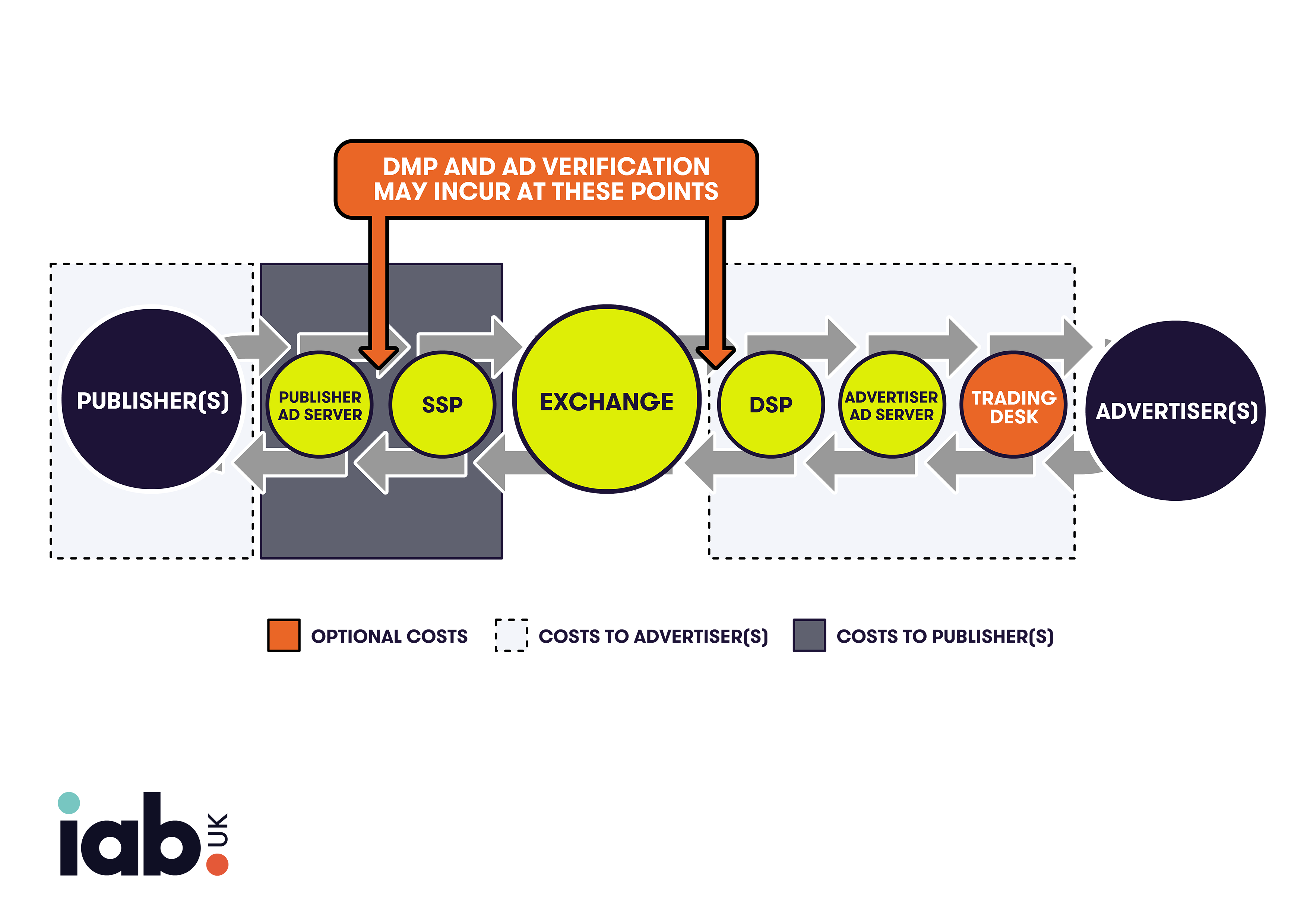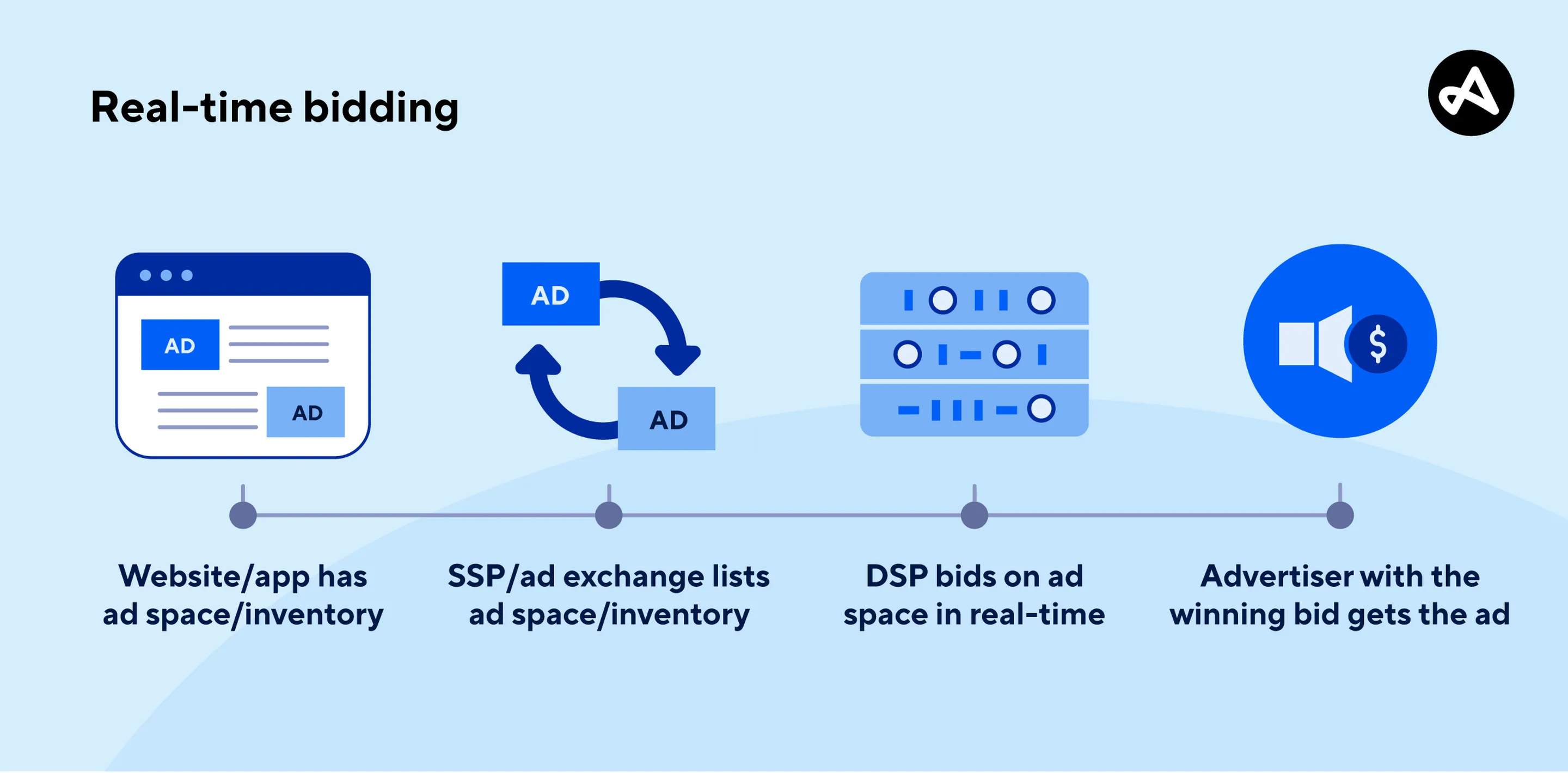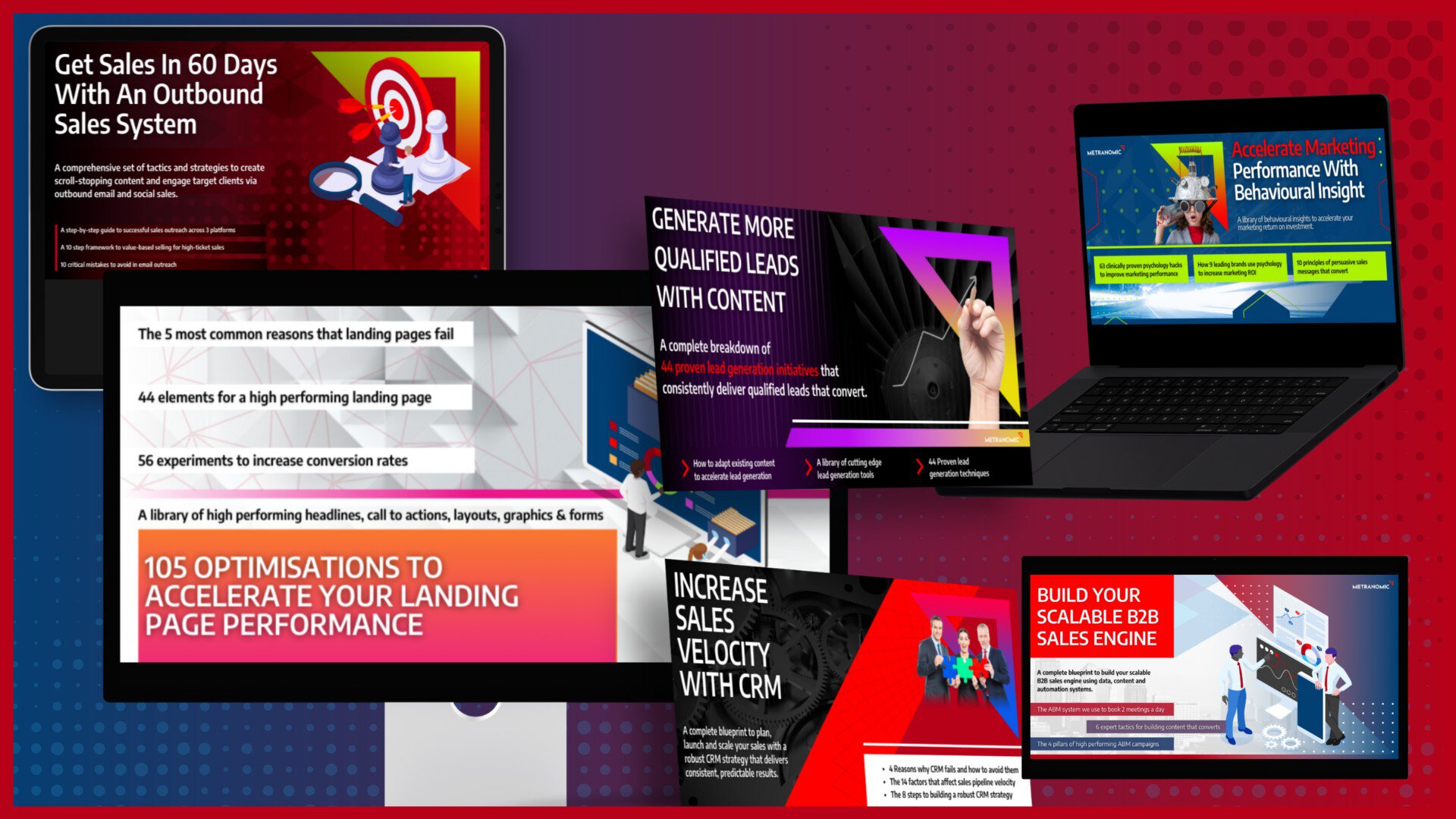Keeping up with the latest trends and technologies can be overwhelming. If you’re looking for a way to streamline your ad campaigns, enhance targeting precision, and maximise ROI, you need to understand the power of Demand Side Platforms (DSPs).
This guide will walk you through the essential features of DSPs, how they work, and how to seamlessly integrate them into your existing marketing strategy. Whether you’re new to DSPs or looking to optimise your current approach, this comprehensive guide will provide you with the actionable insights you need to stay ahead of the competition.
- Understanding DSPs: Demand Side Platforms (DSPs) are essential for managing programmatic advertising, offering features like real-time bidding and advanced audience targeting to optimise ad spend and performance.
- Choosing the Right DSP: Select a DSP that aligns with your business needs, focusing on user interface, integration capabilities, and cost-effectiveness to ensure optimal results.
- Implementing DSPs: Integrate DSPs into your advertising strategy by setting clear goals, defining target audiences, and continuously optimising your campaigns for better performance.
- Overcoming Challenges: Address common challenges such as data privacy concerns and campaign complexity by leveraging the right tools and strategies to manage multiple campaigns effectively.
- Future-Proofing with DSPs: Stay ahead of the curve by keeping an eye on emerging DSP trends, ensuring your business remains competitive in the ever-evolving digital advertising landscape.
What is a Demand-Side Platform (DSP)?
Automation is key to efficiency and scale. A demand-side platform (DSP) exemplifies this by enabling advertisers to purchase advertising space with minimal manual effort. Demand side platforms are sophisticated software systems that empower advertisers to acquire high-quality traffic at scale, reducing friction in the process. This makes DSPs a pivotal tool in demand side platform advertising.
How Does a Demand-Side Platform Work?
There are two critical stages in the operation of a DSP. Initially, the advertiser uploads their creative assets, sets targeting parameters, and allocates a budget for the campaign. This is managed through a user-friendly dashboard. Subsequently, the DSP searches its extensive network of publishers for websites and mobile apps that meet the advertiser’s criteria and places bids for ad placements. Upon winning a bid, the DSP manages the ad placement and payment transactions, all within milliseconds.

The Importance of Demand-Side Platforms
Demand-side platforms are transformative for mobile marketing and automation. They enable marketers to bypass the laborious task of manually negotiating with numerous publishers. This efficiency allows for rapid campaign setup and streamlined management, freeing up user acquisition experts to focus on other critical tasks like user segmentation, which enhances long-term performance.
Another significant advantage of DSPs is the real-time management of campaign performance. Advertisers can promptly adjust campaigns based on their performance without causing disruptions. This flexibility means funds can be quickly redirected to high-performing campaigns or pulled from underperforming ones, minimising wasted resources.
Moreover, the scalability offered by DSPs is unparalleled. Traditional constraints such as geographical barriers are eliminated, allowing advertisers to effortlessly expand their reach globally. This scalability is crucial in leveraging the globalised nature of the mobile app economy.
Understanding the Difference: SSP vs. DSP
While DSPs serve the demand side, supply-side platforms (SSPs) cater to the supply side, i.e., the publishers. SSPs are programmatic software solutions that help publishers sell their advertising impressions. They connect publishers with multiple ad exchanges, demand-side platforms, and ad networks, increasing the pool of potential buyers. SSPs enable publishers to set bidding parameters, thereby maximising their revenue. For instance, Amazon Publisher Services provides advertisers using Amazon DSP with access to premium, curated supply, enhancing viewability, reducing CPM (cost per mille), and improving return on ad spend (ROAS).
How Do DSPs and SSPs Work Together?
Demand-side platforms (DSPs) and supply-side platforms (SSPs) form a synergistic relationship that enhances programmatic advertising. A DSP is sophisticated software that enables advertisers to purchase media from a variety of publishers. Through integrations with SSPs, ad exchanges, ad networks, and direct deals, DSPs facilitate seamless media buying. Brands and agencies, representing the demand side, utilise DSPs to select which impressions to buy and at what price. This selection process is driven by data, including demographics and browsing behaviours, sourced from data management platforms (DMPs). SSPs, on the other hand, serve the supply side by optimising inventory sales for publishers, ensuring they achieve the best possible yield.
What is a Data Management Platform (DMP)?
A data management platform (DMP) is essential software for advertisers, marketers, brands, and agencies. It acts as a repository for collected insights, which can then be used to inform and enhance ad campaigns. For example, Amazon DSP enables advertisers to leverage their own DMP audiences when crafting programmatic buying strategies, ensuring targeted and efficient advertising efforts.
What Matters Most?
In our experience, focusing on customer-centricity is vital for ad targeting, as it leads to deeper engagement. Our clients often discover that maintaining a holistic view of customer interactions across all touchpoints enhances their overall strategy effectiveness. Moreover, aligning ad spend with broader business objectives typically ensures that marketing efforts are directly contributing to the company’s overarching goals, resulting in more cohesive and impactful campaigns.Get In Touch
Key Components of a Demand-Side Platform
Demand-side platforms are complex and feature-rich, with several key components that make them indispensable for modern digital advertising:
Real-Time Bidding (RTB)
Real-time bidding is a cornerstone of demand-side platform advertising. This feature allows a DSP to bid on ad impressions instantaneously, based on the advertiser’s goals. Advertisers define their target audience and budget parameters, and the DSP’s algorithms handle the bidding process. When a user visits a webpage, the DSP evaluates data such as browsing history and IP address to determine the most relevant ad to display. The highest bidder wins the ad placement, ensuring optimal exposure.

Ad Server
The ad server within a DSP is responsible for delivering the ad creative to the publisher’s site. It can either be an external server or a proprietary one integrated into the DSP. Beyond serving ads, the ad server tracks crucial metrics like impressions and conversions, providing data to refine and optimise ad campaigns.
Campaign Tracker
One of the significant advantages of using demand-side platforms is their ability to pull in data automatically to guide campaign decisions. The campaign tracker monitors and records key performance indicators (KPIs) such as impressions, clicks, click-through rates (CTRs), and conversion rates. This data-driven approach helps advertisers decide whether to increase investment in successful campaigns or adjust underperforming ones.
User Profiles
User data captured through DSPs is used to build detailed profiles over time. These profiles include insights into the types of ads users view, where they view them, and their interaction patterns. This information is critical for segmenting audiences and targeting them with tailored remarketing or optimisation campaigns.
Budget Management
Efficient budget management is a hallmark of demand-side platform architecture. DSPs feature a budget management component, often referred to as a banker or cashier, that ensures the advertiser’s budget is allocated optimally. Advertisers can set parameters such as maximum spend and preferred spending strategies, allowing the DSP to manage funds efficiently and maximise ROI.
Integrations
The ability to integrate with other tools and platforms is vital for the effectiveness of a DSP. Demand-side platforms must work seamlessly with ad exchanges, supply-side platforms, and additional tools for data management, analytics, payment processing, and security. This integration capability enables advertisers to broaden their reach and improve campaign effectiveness.
Types of Demand-Side Platforms
Mobile DSP
A mobile DSP is an integrated component rather than a standalone entity. Despite the distinct nature of the mobile ecosystem compared to desktop environments, there is no need for separate platforms for programmatic media buying. Such a split would only add to the already complex landscape of digital advertising.
The mobile DSP is intricately woven into the overall architecture of demand side platform advertising. When referring to a “mobile DSP,” we are actually discussing the segment of a comprehensive demand-side platform responsible for purchasing mobile inventory.
A mobile DSP is a sophisticated software platform used by mobile media buyers to acquire mobile advertising space. It manages multiple supply-side platforms, ad exchanges, and ad network accounts through a unified interface.
Key functions of a mobile DSP include:
- Ad Servers: These are crucial for mobile programmatic advertising. Ad servers within DSPs store and transmit ad creatives to publishers’ platforms while tracking campaign performance, impressions, and conversion rates. Some DSPs operate their own ad servers, whereas others integrate with third-party ad servers.
- Integrations and Collaborations: Mobile DSPs must connect with various systems to function effectively. This includes working with mobile ad exchanges and SSPs, as well as collaborating with additional tools such as data management platforms, analytics platforms, and ad networks to enhance their capabilities.
- Bidding: The bidding process is a significant aspect of mobile DSPs, managed by a component known as the “bidder.” The bidder handles real-time bidding (RTB), submitting offers for inventories within microseconds to ensure rapid and efficient ad placements.
Source: InsiderIntelligence
White Label DSP
White label DSPs offer significant technological advantages, particularly in their ability to integrate with numerous ad exchanges simultaneously. This flexibility is crucial for ad networks, as white-label DSP integrations are not limited by the technology provider’s decisions. Owning a white-label DSP allows businesses to customise and rebuild the platform as needed, connecting with highly relevant ad exchanges for their specific niche. Additionally, ad exchanges benefit from connecting with standalone white-label DSPs.
- Automation: Ad networks aim to automate the process of selecting the ideal ad slot without relying on sales reps, agencies, or third parties. White-label DSPs facilitate this automation.
- Transparency: A self-operated system provides greater transparency and scalability, growing alongside the business’s needs.
- Reducing Media Budgets: For buyers with extensive media spend, the commission for using self-serve platforms increases proportionally. An independent white-label DSP is a cost-effective solution to reduce these expenses.
Self-Serve DSPs: Empowering Advertisers
Self-serve demand side platforms (DSPs) revolutionise campaign management by granting advertisers unprecedented control. These platforms enable advertisers to manage every aspect of their campaigns independently, from selecting inventories to refining targeting settings. This level of control ensures transparency and real-time strategy optimisation based on performance data. Unlike traditional models that depend on intermediaries, self-serve DSPs provide advertisers with ownership, allowing for independent, data-driven decisions in demand side platform advertising.
Moreover, self-serve DSPs offer a variety of ad server options, enabling advertisers to strategically decide where and how their ads are served, thereby enhancing engagement with specific audience segments. This flexibility promotes creativity and innovation, encouraging advertisers to test different ad formats and placements for maximum impact.
Key Considerations When Choosing a Self-Serve DSP
Selecting the appropriate self-serve DSP involves a careful assessment of the advertiser’s specific needs. These platforms are especially beneficial for small to mid-sized agencies and advertisers working within limited budgets. If your marketing team is small or your budget is constrained, a self-serve DSP offers the ideal mix of support and autonomy. Its user-friendly interface and cost-effectiveness make it suitable for businesses venturing into programmatic advertising without facing excessive complexity.
For advertisers with a good grasp of programmatic advertising who prefer hands-on management, a self-serve DSP is an excellent fit. The platform enables the smooth execution of pre-planned strategies, helping marketers navigate the intricate programmatic buying process confidently.
Comparing Different DSP Options: Self-Serve, Full-Service, and White-Label
Full-Service DSPs
Full-service DSPs operate like traditional ad agencies, offering comprehensive campaign management. These platforms are convenient but may not provide the level of control and customisation that some advertisers seek. For businesses with large marketing teams and substantial budgets, a full-service DSP is a convenient solution, allowing them to concentrate on core activities while professionals handle their ad campaigns.
White-Label DSPs
White-label DSPs epitomise customisation in demand side platform architecture. Advertisers can develop tailored programmatic algorithms and integrate the platform with multiple ad exchanges and Supply-Side Platforms (SSPs). This option suits large agencies with significant advertising requirements and the financial means to invest in bespoke solutions. White-label DSPs are ideal for businesses aiming for a highly personalised and detailed approach to digital advertising, allowing meticulous adjustment of every campaign element to meet specific objectives.
Our Tactical Recommendations
Leveraging real-time analytics allows for on-the-fly adjustments that can significantly enhance campaign outcomes. A/B testing their audience segments reveals high-value niches that were previously overlooked. Additionally, prioritising mobile optimisation is essential in today’s landscape, as the shift towards mobile consumption continues to accelerate, ensuring ads effectively reach target audiences wherever they are.Get In Touch
Main Challenges When Building a DSP
Ignoring Campaign Optimisation
For advertising campaigns to thrive, continuous optimisation is essential. However, some advertisers set up their Amazon DSP campaigns and expect them to perform autonomously, without further intervention. To achieve peak performance in demand side platform advertising, it is crucial to consistently track key metrics such as click-through rates, conversion rates, and return on ad spend (ROAS). By analysing this data, advertisers can identify areas for improvement and adjust targeting, creatives, and bidding strategies accordingly.
Overlooking Analytics and Reporting
Analytics and reporting are vital for every advertising campaign as they provide valuable insights into its effectiveness. Despite this, some advertisers neglect these aspects and fail to track critical performance metrics efficiently. Utilising Amazon DSP’s robust reporting features allows for constant monitoring of your campaign’s performance in real-time. Regularly reviewing this data helps to identify trends, patterns, and opportunities for enhancement. Leveraging data-driven insights enables advertisers to make informed decisions, thereby improving campaign efficiency and achieving superior outcomes.
Maintaining High-Speed Performance and Dependability
For a DSP to be effective, it must be reliable and perform well under heavy loads, especially during peak traffic periods. Ensuring high performance and uptime necessitates a robust architecture and efficient code, which can be challenging to design and implement. Adopting microservices, where each component of the DSP operates independently, or utilising cloud-based architectures that can scale up or down as needed, often provides the best solutions to these challenges.
Achieving Scalability
As the user base and data volume grow, the DSP must scale accordingly to manage increased traffic and data processing demands. Designing the platform with scalability in mind ensures that the DSP can handle growth in usage without compromising performance. This aspect of demand side platform architecture is critical for sustained success.
Integrating with Other Platforms
For a DSP to function optimally, it must integrate seamlessly with various ad exchanges, supply-side platforms, and data management platforms. These integrations need to be correctly implemented and thoroughly tested to ensure that the DSP can respond to bid requests within the required timeframes. Proper integration is fundamental to the architecture of demand side platforms, facilitating broader reach and more effective ad placements.







